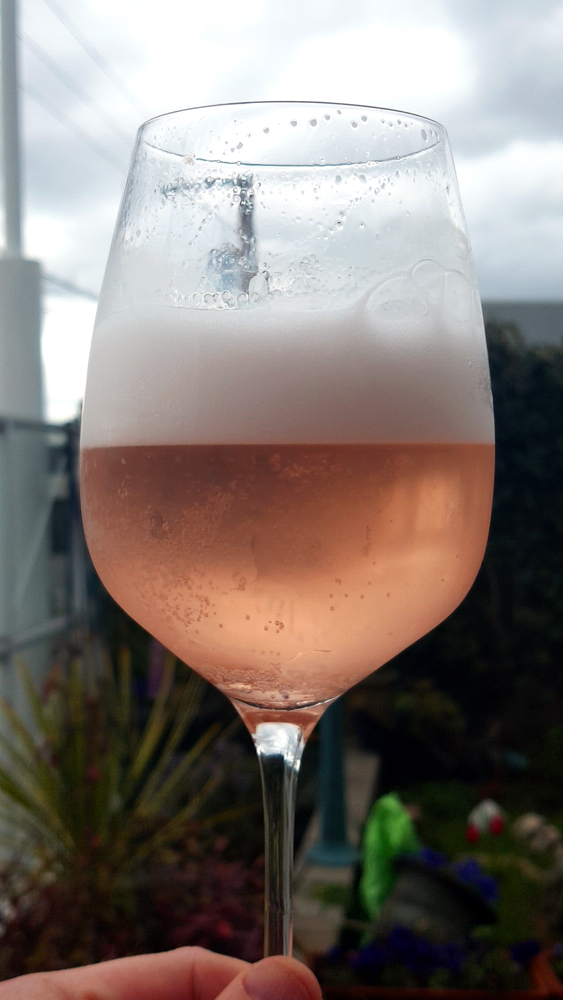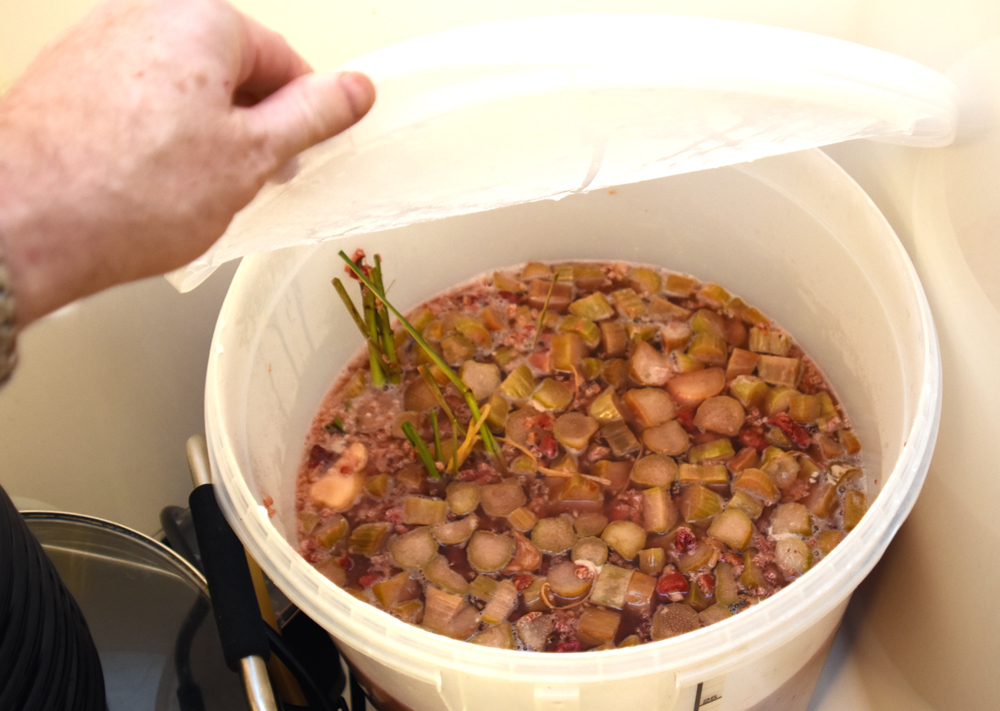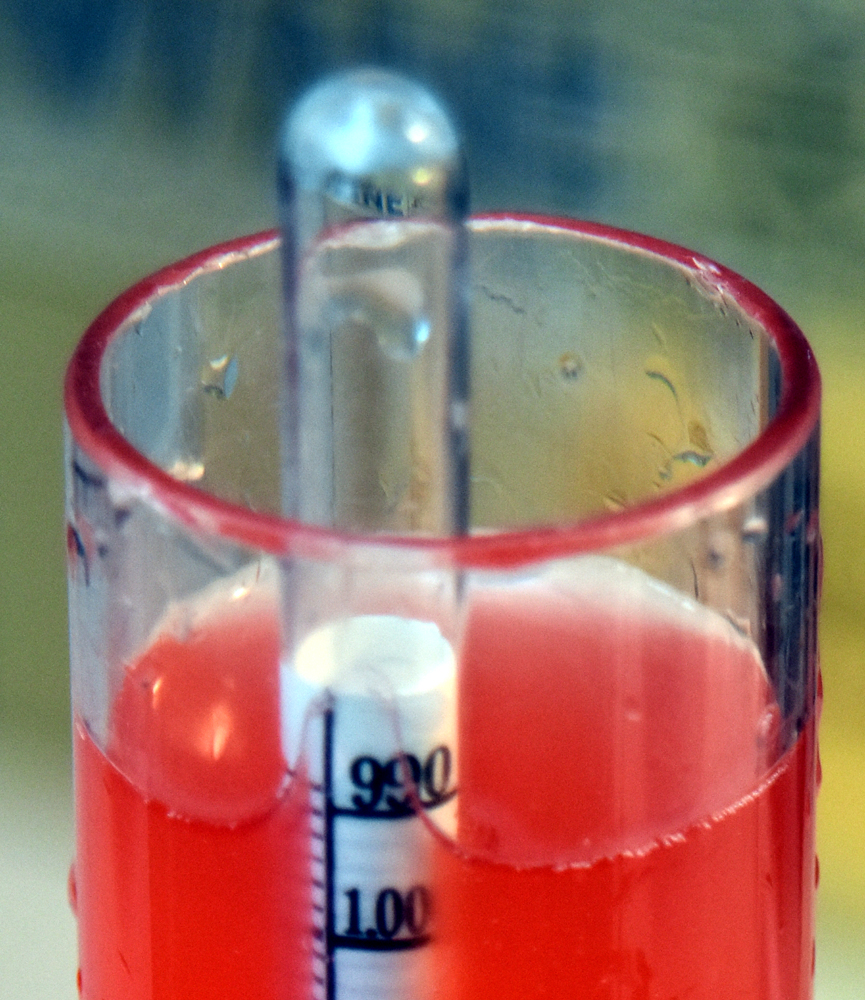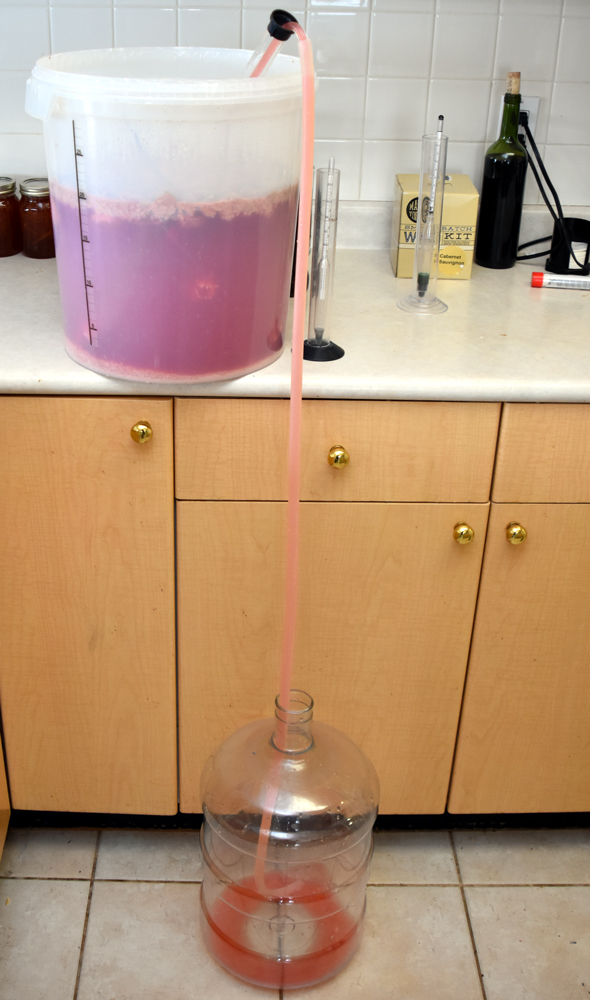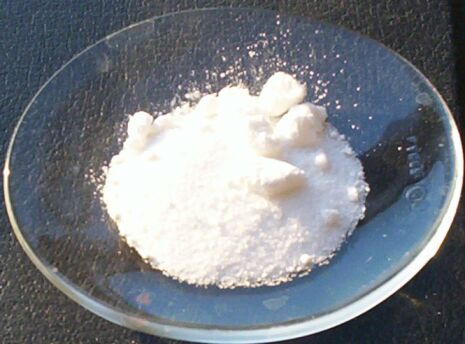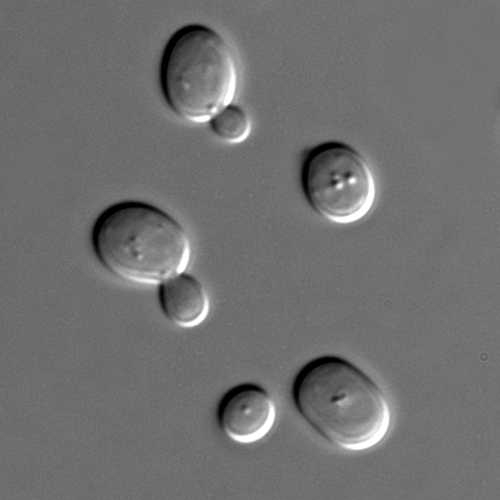For those following along at home, you can check out my mead series here
- Making Mad Mead Part One
- Making Mad Mead Part Two: Honey, I’m Home
- Making Mead Part 3: The Meadening
After initial hostilities and threats to my person, traditional mead makers seem to have accepted my presence in their midst, and I have come to see the interplay of their dominance battles within the tribe and the constant quest for honey and authenticity with the detachment of a rational anthropologist. I can only hope to retain the trust of these gentle, beautiful creatures in the future.

With my mead clear, stable, sweet and carbonated to deliciousness, it was time to pack up the station wagon and head down to the Pacific Northwest Homebrew Conference. You may recall I was on the hook for a seminar on Meadmaking, one I chose to title, “Mead: Delicious Historic Beverage or Spoiled Bee Vomit?”
It’s held in Vancouver Washington, which is immediately north of Portland Oregon, where most of the brewing clubs and a lot of the brewing action in the Pacific Northwest happens.
Why hold it in Washington if Portland is so darn awesome? Money: doing it in Portland would probably double costs as with popularity comes great price tags. Still, although Vancouver is a tiny little burg it’s not a bad place at all. Best of all it’s only about a 5-1/2 hour drive from Chaos Manor, just over the border from Washington in Canada. With a car full of jockey boxes, CO2 apparatus, kegs and bottles, I wedged a suitcase and a spouse in there for the journey.

Portland is not without its charms, and I killed a couple of days hitting Voodoo donuts, parks, museums and shopping. I was also lucky enough to have time for my friends Emily and JT, a delightful couple of Oregonians who not only make great beer, but are also cool in many other ways. That’s pretty much the best part of working in the industry I’m in: you meet so many wonderful, gracious and lovely people, and long after businesses are gone and deals are done, they’re the ones you remember.
Eventually I had to put the beer down and go to work. The seminar was a success, with a couple of dozen folks listening to my lecture (you can check out a copy of my presentation here), enjoying Ancient Fire Mead and my own creations. Everyone agreed that Ancient Fire‘s meads (generously donated, if you recall, by Jason and Margot Phelps) were superior examples of the craft, while my bone-standard traditional mead was (generously) described as ‘icky’.
The Barkshack was very well-received, with some participants asking for thirds, a very gratifying circumstance. I had a lot of really great questions from the crowd, who were keen to make their own mead, authentic and drinkable. While I’m only a winemaker trying to understand all kind of fermentation, I hope my message that mead–heck, any fermented beverage, for that matter–doesn’t exist in a vacuum on it’s own, but needs to be seen as part of the family of fermented drinks that we can all share, whether it’s dandelion wine, Russian Imperial Stout, or Cabernet Sauvignon. Tradition is great, because it teaches us where we come from and how we got to where we are, but it’s innovation and sharing ideas that will take us where we’re going next.
After the lecture was done, it was time for club night. If you’ve never been to a brewing conference club night, you’re really missing out. If you’ve been to the one at BrewCon (I was there the last time it was in San Diego) it’s a glorious riot of beer craziness. PNWHC club night is smaller, but they go all-out crazy with beautifully decorated booth, some of which are more like small brewpubs than little club gatherings.

Our own booth was a bit more modest, as it was me straddling the fence for the Tri-Cities Brewing Club and for Vanbrewers, along with Alvaro and Nathaniel. We’d like to make a big show of it, but with the US exchange rate and transportation costs all of us were combining it with business trips or vacation time. We were up 50% in attendance year-over-year, a trend we hope will continue.
We were pouring Nathaniel’s Vickie’s Smoked Porter, a really solid porter made with Miss Vickie’s smoked potato chips, Alvaro’s Pisco Sour (I think it was a Saison base, but boy howdy was it delicious) as well as his new world Pilsner with modern German hop varieties, as well as my Barkshack Ginger mead.
My own prediction was that while the blockbuster Imperials and Double IPA’s were going to be early favorites with the crowd, the mead, balanced to off-dry, fruity and refreshing, would get more popular as the night progressed.

Turns out I was right. By the end of the evening most of my keg was gone, with the folks enjoying it coming back for fourths and fifths (not to worry: everything took place in the hotel and nobody was driving anywhere, and there wasn’t anyone overserved–lots of little samples instead).
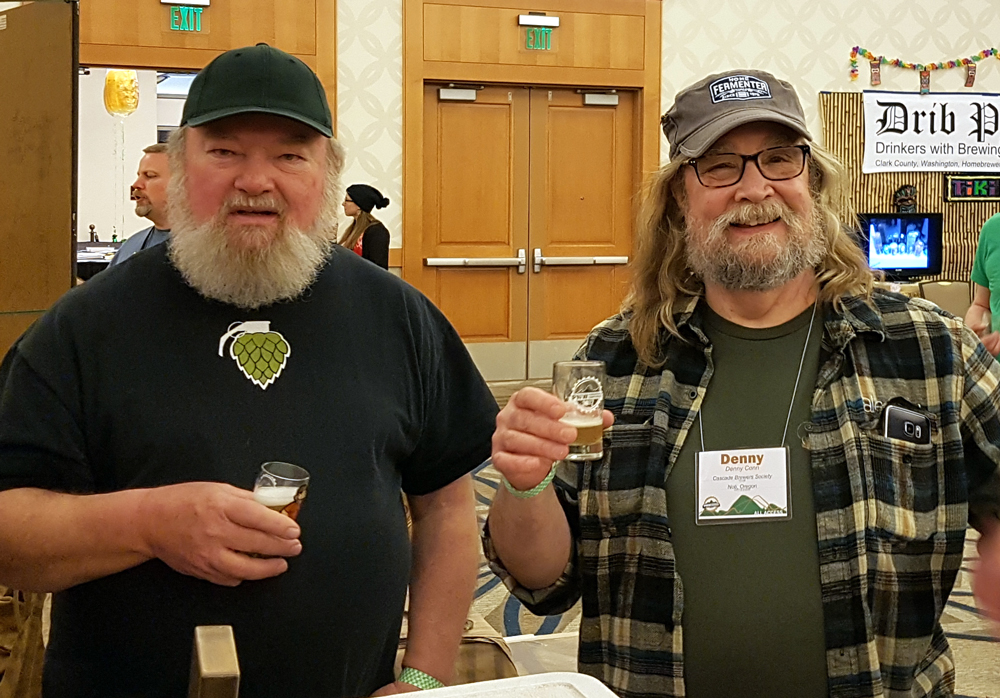
Two very welcome visitors were Denny Conn and Mike McDole, who both tried the Barkshack and appeared to enjoy it. Denny’s comment was that it was the first mead he’d tasted in years, and that he didn’t mind it was the highest praise I could have asked for.

After that it was all over but for the packing and tidying and tripping back up to Canada. I’d like to think I learned something on my mead journey, both from making it, teaching people about the history of fermented honey, and the fallout from a tiny minority of mead makers who really took offense at me approaching ‘their’ beverage with humor and cynicism.
People love what they love. And we beer geeks, wine dorks and mead maniacs love what we do so passionately that we’re willing to share both our brews and our knowledge with others, so they can catch the bug and make it a part of their lives–or at least so they can understand something we consider amazing and wonderful.
That’s a thing worth investing your time, your passion and your self-identity into. And I’ll drink to that.
